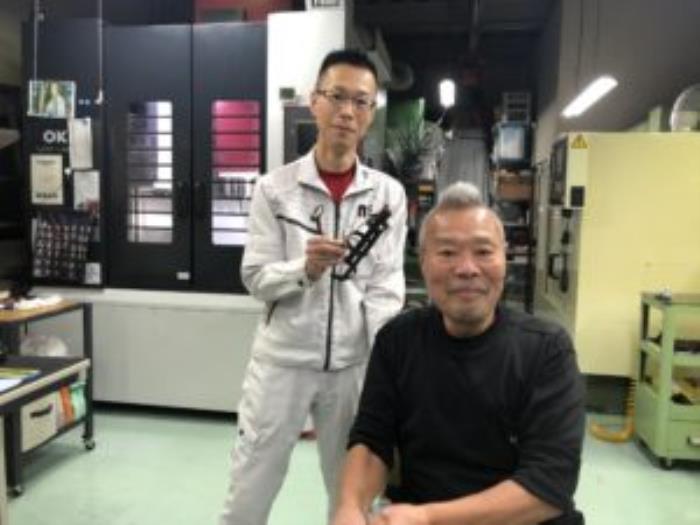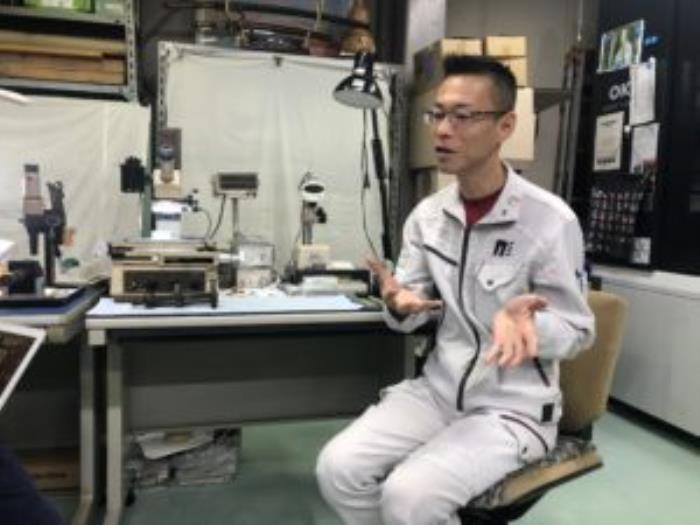2019-11-29
Encounters I got at the plastic and rubber festival K
Mr. Akasaka from Akasaka's mold sculpture shop went to Germany to participate in the industry's largest plastic and rubber exhibition called “K”. I was also able to hear about the thoughts that lead to Akasaka's ability to act. -How does learning on a business trip in Germany seem to lead to your future work? “The biggest thing is that we have established relationships with the first-class people involved in molds and molding. We met people who were conscious of going to Europe and talked about their own perspectives. Some countries say that it is natural to throw garbage into the river depending on culture and religion, and the story that biodegradable resin is needed for such people is also working abroad. Some people had the opportunity to listen to stories, and some people had maniac skills that they would not have been able to get to know if they were working normally in Japan. It is encouraging that more people can consult when they want to mold something in PLA. ”-Mr. Akasaka is impressed by the fact that he is always studying in various places. “It ’s been about the last three years that I ’ve got the momentum to go out. In particular, because we are mostly parents and children, we ca n’t get any voice or information from the public. Talking with people from other fields, you have a lot of opportunities to have a brief explanation of your work and skills, so you can learn a lot. I think I shouldn't do it, so I'm going out actively. ”On the contrary, are there any stories that Mr. Akasaka thanked in such an encounter? “I have had a chance to stand as a teacher in a place where I can experience making things at a child-care facility for about a year, but the teachers said,“ Children have thrown away as trash until now. I was so happy to tell you that I started making things, making trains and rooms, and having fun! ” -I'm looking forward to seeing how Akasaka-san's current efforts will take shape! Akasaka mold sculpture place established in 1950 with sculptures such as Buddhist tools, bamma, and commemorative coins. Mr. Hyanosuke Akasaka who heard the story this time is the third generation. Akasaka talked about the state-of-the-art technology learned in Germany in front of all the first-hand works that were carved by hand. I feel that Akasaka's attitude of constantly learning new information and humbly learns and preserves traditional techniques.
Categories
Latest Posts
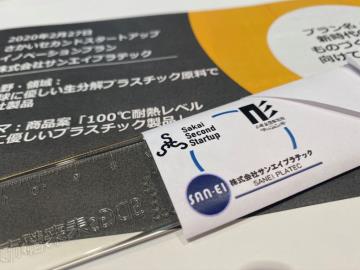
2020-02-29
Improve existing mold and succeed in biodegradable resin injection molding with plant-derived "PLA 100%"!
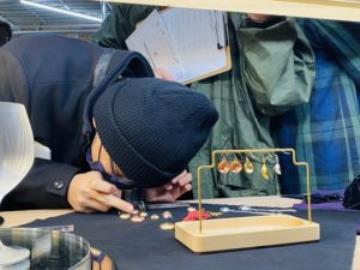
2020-02-24
Ultra-fine processing with a single-blade half-month to add value to products
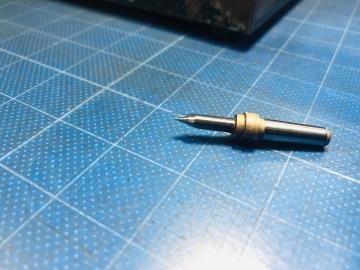
2020-01-29
Trying to reuse materials using a half-monthly blade (YAOYA PROJECT)
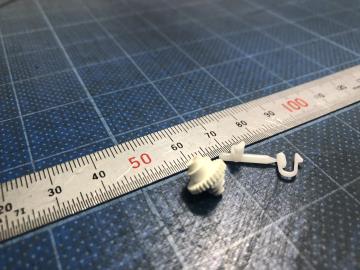
2019-12-23
With a single half-moon blade, it can be realistically reproduced up to the fur of the pet
![[Yao] From YAOYA PROJECT to a new stage!](https://yatteme.blob.core.windows.net/image/img_a91d911504444657a8a55e191ff0_360)
2019-12-11
[Yao] From YAOYA PROJECT to a new stage!
Map
